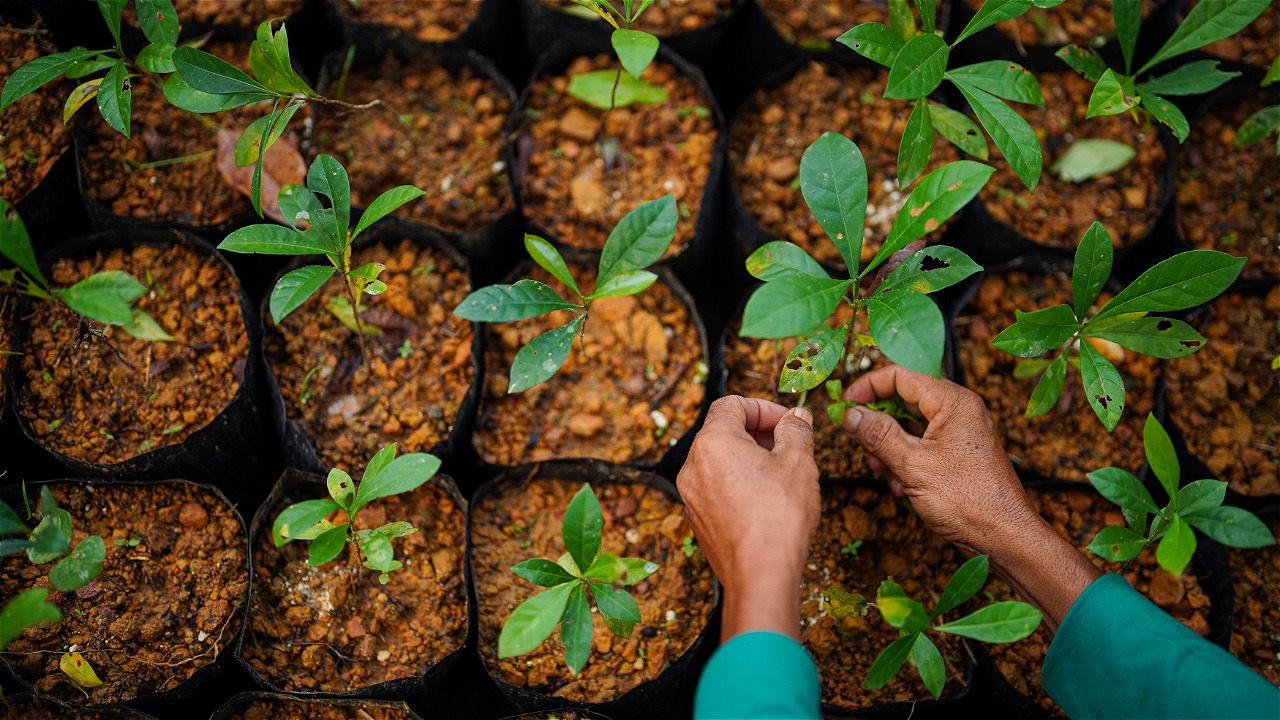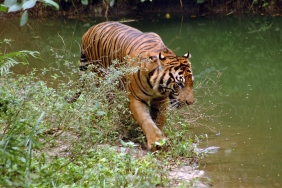LET'S PLANT YOUR TREE FOR A BETTER LIFE
By: Natalia Trita Agnika
The rainy season has arrived. One of the problems that often arise in the capital during the rainy season is flooding. Areas on the riverbanks are often submerged in water, paralyzing all activities. "Delivery floods" from Bogor and the overflowing Ciliwung River are often used as scapegoats.
Since the last 3 (three) decades, the Upper Ciliwung sub-watershed area has developed and experienced changes in land function from natural forest and cultivated land (agriculture) to residential and housing. This catchment area for the Jabodetabek area is also included in one of the watersheds with critical categories in Indonesia. People often think of watersheds only as sources and places where water flows from upstream to downstream. In fact, watershed is an ecological system that contains many natural resources. Good watershed management can accommodate, store, and drain water consistently to support people's lives in a sustainable manner.
Urban communities often assume that what happens in the Ciliwung watershed does not concern them and cannot do anything to improve it because it is far from where they live. In fact, everyone can help restore the function of the Ciliwung watershed as a place to hold, accommodate, and drain rainwater to a lower place so that during the rainy season it will not cause flooding and during the dry season there will be no drought.
WWF-Indonesia has initiated a tree planting program that can be done by anyone through the NEWtrees and MyBabyTree programs. Both tree planting programs were initiated by WWF-Indonesia to reforest deforested lands which are vital areas for the sustainability of springs as one of the supports of human life. The location of this program can be seen at http://map.newtrees.org/map/view. One of them is in the upper reaches of the Ciliwung River, namely in Cikoneng, Citamiang, Gunung Tikukur, Paseban, Rawa Gede, and Telaga Sa'at. The NEWtrees program is aimed at corporations while MyBabyTree is for individuals.
Those who adopt trees through the NEWtrees and MyBabyTree programs will be able to monitor the growth of their trees using Google Earth facilities. This is possible because the trees planted will be named after each of them and equipped with geotag technology. Photos informing the progress of the planted trees will be updated every 6 months by WWF-Indonesia. The trees planted are selected based on local native tree species and recommendations from area managers.
In its implementation, the NEWtrees and MyBabyTree programs work closely with local communities. They play a role in the implementation of nurseries, planting, maintenance, monitoring, and securing the area. This activity has become an alternative income for the local community. They also contribute to environmental conservation by improving their environmental conditions to support their daily lives. On the other hand, in the long run, local communities can also utilize non-timber forest products from this reforestation activity.
This November, there are two moments related to trees, namely World Tree Day which is celebrated every November 21 and Indonesian Tree Planting Day every November 28. In both of these moments, we are invited to reforest the deforested lands. Let's green Indonesia's forests. One tree that we plant can help realize a better life for current and future generations.





